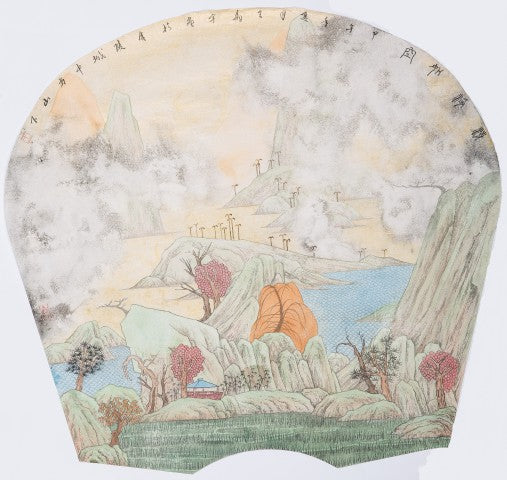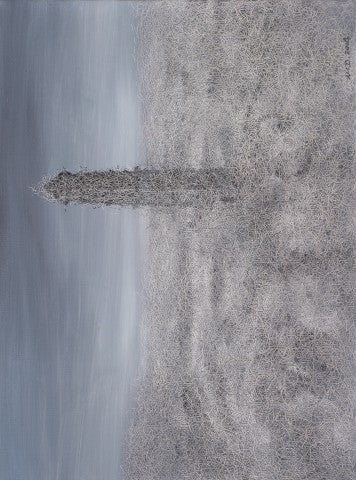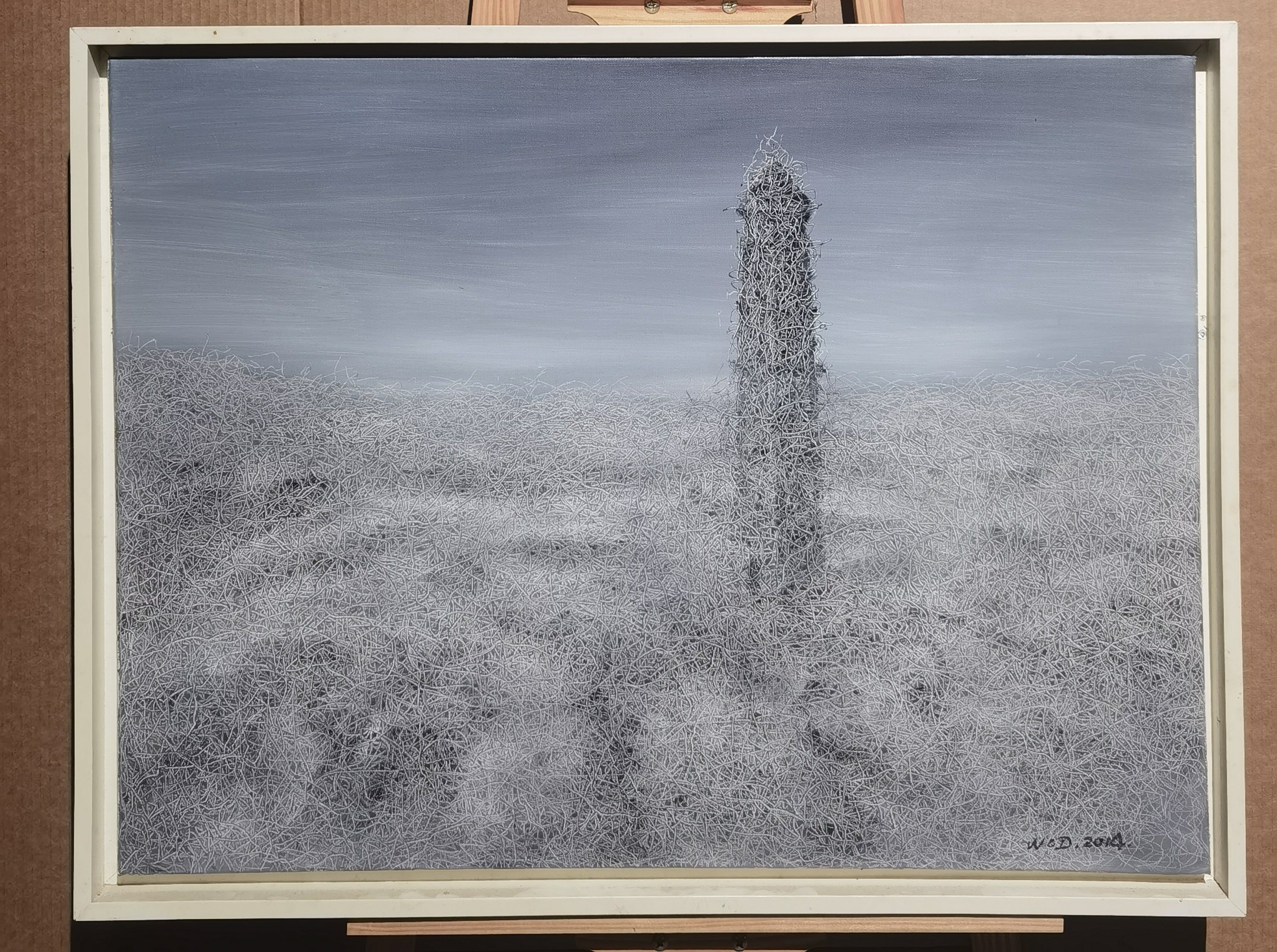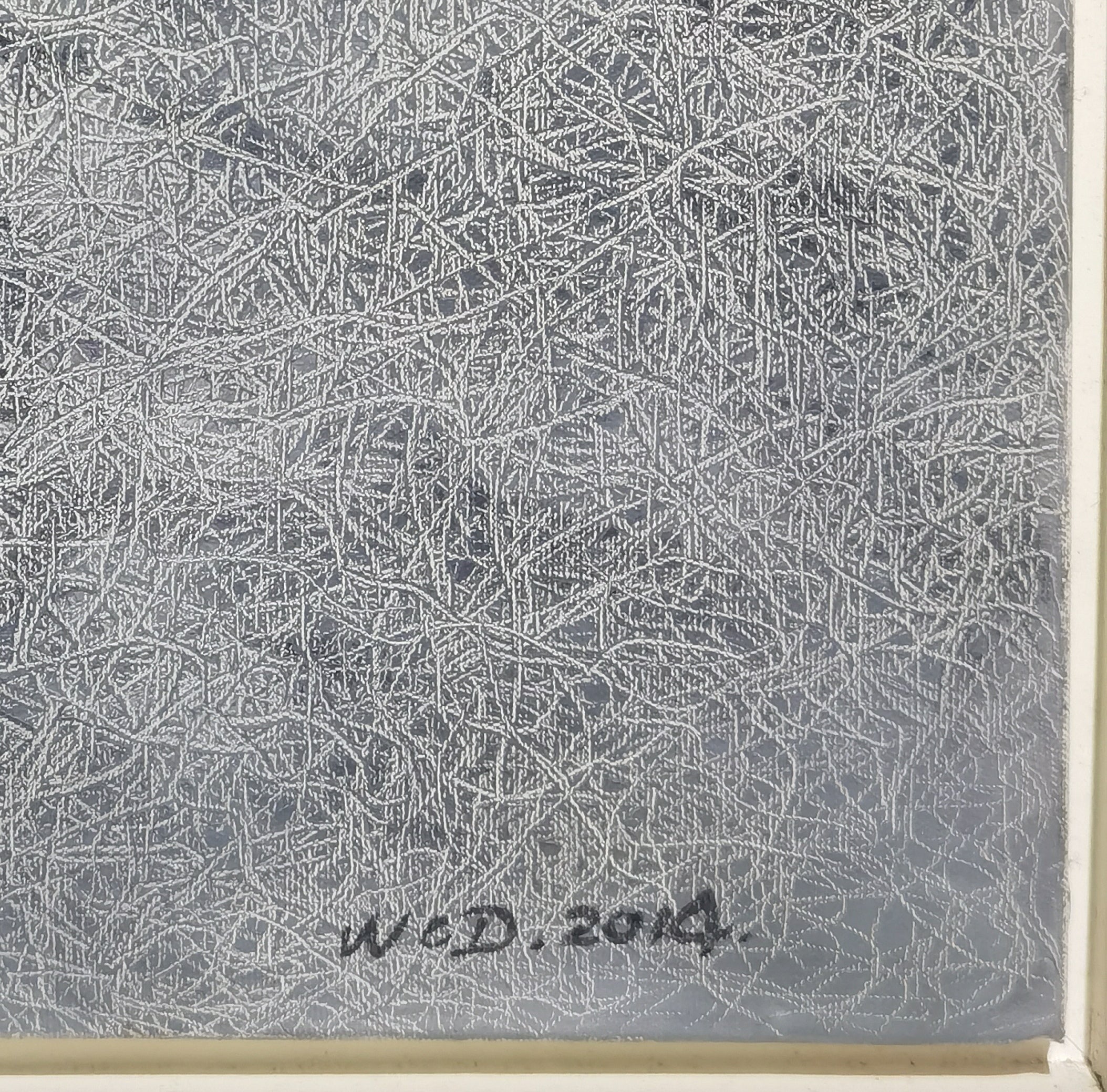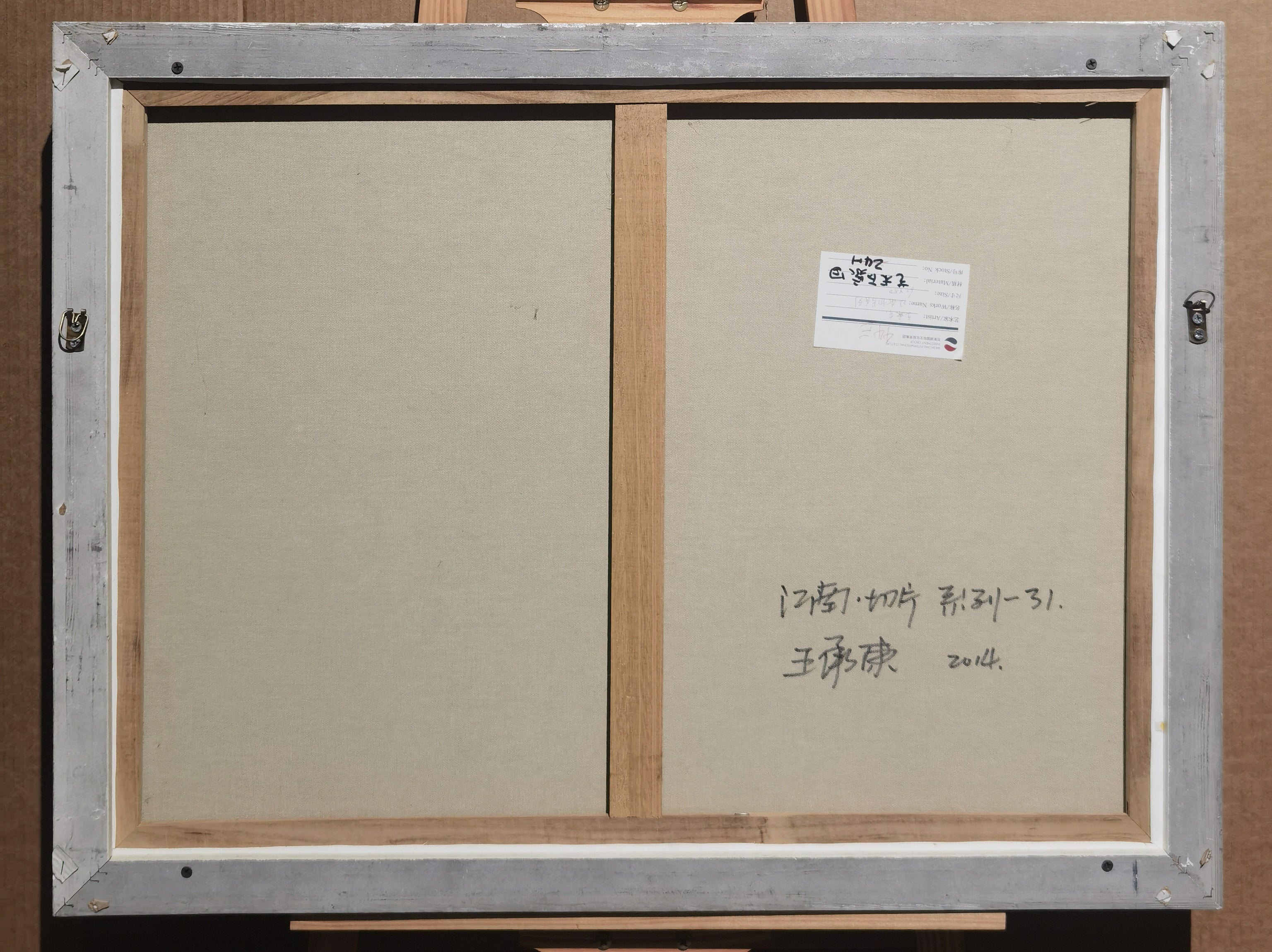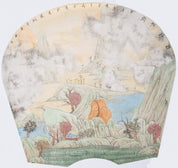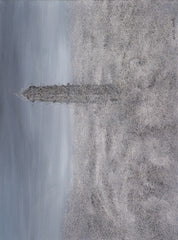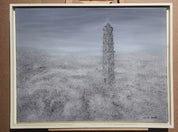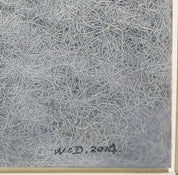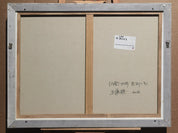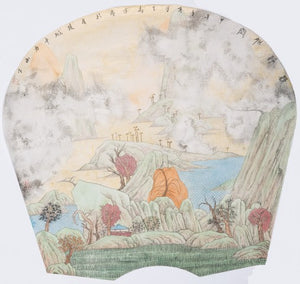Gangnam Slice Series
Chengdong Wang
Artwork Details
Artwork Description
Title:Gangnam Slice Series
Artist: Chengdong Wang
Date: 2014
Medium: Oil on canvas
Dimensions: 23.6 x 31.5 inches (60 x 80 cm)
1. Artwork Identification
This oil painting from Chengdong Wang’s Gangnam Slice Series (2014) measures 60 by 80 centimeters and presents a striking composition centered around a solitary vertical structure—possibly a tower or obelisk—emerging within a muted, atmospheric landscape. The scene is enveloped in a veil of soft tonal gradients, evoking mist or fog, and the brushwork alternates between structured and diffuse passages, heightening the sense of isolation and spatial ambiguity.
2. Artistic Style and Influences
The work oscillates between abstraction and impressionistic reduction, embodying Chengdong Wang’s distinctive approach to architectural motifs and metaphysical space. While the structural form suggests permanence, its dissolution into the surrounding atmosphere evokes transience. This duality reflects influences from modernist abstraction and East Asian ink traditions, reinterpreted through an oil medium with controlled chromatic restraint.
3. Historical Context
Created in 2014, during a phase when contemporary Chinese painters increasingly explored the interplay of urbanity and emptiness, Gangnam Slice Series captures the tension between human-made monuments and the void. The Title: references “Gangnam,” a cultural and economic district in Seoul, suggesting an inquiry into the symbolic resonance of modernity, solitude, and shifting identities within globalized landscapes.
4. Provenance and Authenticity
For complete provenance details and certificate of authenticity, please contact the gallery directly.
5. Condition and Conservation
The painting is in excellent condition, with a sound canvas and well-preserved surface layers. No signs of craquelure, discoloration, or restoration are evident.
6. Artistic Significance
This work exemplifies Chengdong Wang’s contemplative visual language, where minimal forms and atmospheric nuance evoke themes of presence and absence. Its understated palette and architectural focus situate the piece within a discourse that bridges post-minimalist aesthetics and traditional Chinese spatial philosophy, making it a compelling addition to collections oriented toward conceptual and formal innovation.

